Pipeline Velocity: What Is It and How Do You Optimize It?
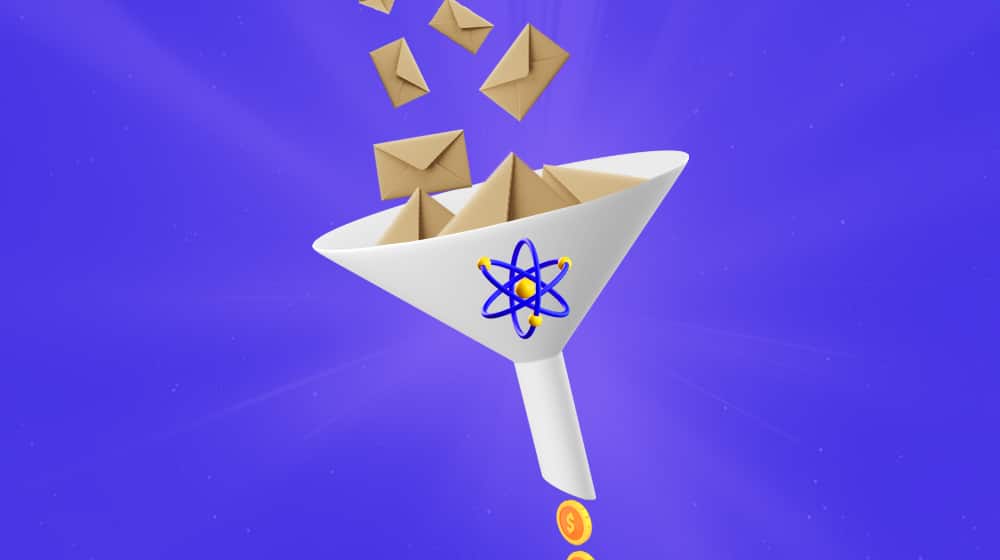
When you think about optimizing your sales process, where do you start?
- Do you begin with traffic volumes?
- Bring in more traffic and let it filter through your process, and use that to identify roadblocks to streamline?
- Do you look for conversion rates and try to optimize them?
- Do you try to boost the average customer lifetime value through upsells?
- What does your retention look like with new customers?
- Do the number of closed deals fluctuate, and how are they trending? Are you doing any sales forecasting?
- Have you identified any bottlenecks? How can you measure those bottlenecks, and what are you doing about them?
- What is responsible for landing your high-value customers? Where are they coming from, and how much was spent to acquire the top 10% of your best-paying customers?
- What is the qualification process for your leads? How are you identifying sales opportunities with those leads?
There are easily dozens of metrics you can monitor, track, and try to improve, and sometimes the way you improve them is by using strategies that run counter to improving others. It's a tricky balancing act.
One metric tends to get lost in the shuffle, however. It's an important once, but far too many businesses tend to forget all about it.
What is it?
 30 Second Summary
30 Second Summary
You can speed up your sales pipeline by focusing on four important areas. If you improve your qualified leads, average sale value, conversion rate, and closing time you'll see better results. For example, if you boost leads by 20%, increase sale value by $100, improve conversions by 1%, and cut closing time by 5 days you can nearly double your monthly revenue. You can track this using a simple formula: (number of leads × sale value × conversion rate) ÷ days to close.
What is Pipeline Velocity?
The metric is pipeline velocity. It refers to your overall sales pipeline and how fast customers move through it.
Here's the simplest definition of pipeline velocity:
You're tracking your users. So, answer this question.
What is the average time it takes between a user discovering your business and becoming a customer?
You run ads for awareness, making people aware of their need for your product and the ability of your product to satisfy their needs. From there, they enter your orbit. They might engage with social media, read blog posts, or research product pages or landing pages. At some point, they might become a lead and enter your CRM, and your sales rep may get in touch with them. Your salespeople may encourage them to visit your order page and eventually purchase your products or services.
The only question is, how long did that take? Was it a day? A week? A month? Was that customer representative of the typical customer pipeline, or were they slower or faster than your average sales cycle?
"Pipeline velocity measures how long it takes a business to move a customer through the sales funnel, or pipeline, from the expressed need to [a] conversion. As sales velocity grows in the form of more customers making conversions faster, for instance, sales objectives are met, and exceeded earlier." - Haris Bacic of PriceListo.
A higher pipeline velocity means several things.
- You can more accurately forecast your sales activities. You have a good idea of your conversion rates and your pipeline velocity, so you can predict how many customers will make purchases in a given time.
- You can see changes you make reflected faster. A faster pipeline velocity means you'll notice the effect it has pretty quickly when you change your pipeline.
- You can estimate profits over a given time much more accurately and efficiently.
If this sounds like something you'd find valuable, read on. If not, consider why not, and then read on anyway.
Calculating and Improving Pipeline Velocity
Calculating your pipeline velocity is relatively simple.
You need four numbers:
- The number of qualified opportunities and leads in your pipeline. (#QL)
- The monetary size of the average sale. This value is also known as the "average deal size" or the "deal value" ($SV)
- The percentage conversion rate for these leads. This value is also known as "win rate" (%CR)
- The number of days it takes to go from a lead to conversion. (Days)
This gives you the equation:
([#QL] * [$SV] * [%CR]) / [Days]
The result will be dollars-per-day. So, let's put this into an example.
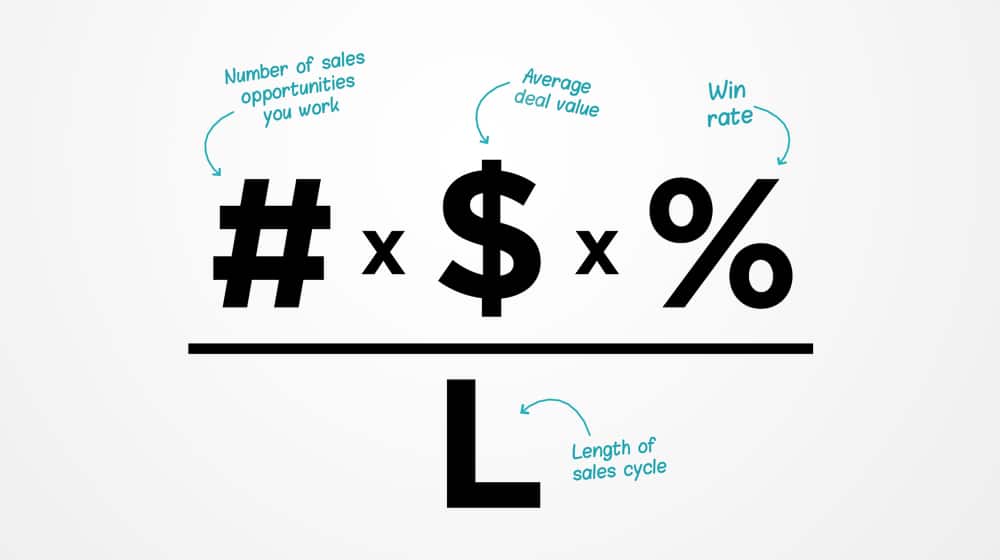
(Image credit: WisdomSchema.com)
You have sales leaders that currently have 100 qualified leads. Your average sale value is $500. Your conversion rate is 10% on average. And, based on your measurements, it takes 50 days to close a sale. These numbers give you:
(100 * $500 * 0.10) / 50 = $100
In this (very simplified) example, your pipeline velocity is $100 per day. You have 100 leads, and 10 of them convert for $500 each, for $5,000, over 50 days, which means you're making an average of $100 a day. Not terrible, but not great; there's a lot of room for improvement in this hypothetical with many numbers I made up to illustrate.
Consider what happens if you make even a minor improvement to these sales metrics. Here are four samples.
1. Improve the number of leads.
Let's say you improve the number of qualified leads in a given period from 100 to 120.
(120 * $500 * 0.10) / 50
This math adds up to $120 per day, or $3,600 per month (up from $3,000 per month).
Improving the number of leads by 20% isn't all that difficult, right? You can try spending a little more on ads, investing more in content marketing, implementing a referral program; there are many ways to do it.
2. Improve the order value.
Now let's say you improve the average value of a sale, from $500 to $600.
(100 * $600 * 0.10) / 50
This math results in $120 per day. Improving order value can be tricky, but a combination of sales psychology, upsells, and other marketing tricks can make a relatively minor increase like this reasonably easy to achieve.
3. Improve the conversion rate.
For a third experiment, imagine you improved your conversion rate. Conversion rates are hard to move, so let's make it a simple 11% instead of 10%.
(100 * $500 * 0.11) / 50
The total comes to $110 per day. A little less than the above, but still an improvement.
In this case, we're assuming you're having a hard time improving your conversion rate, primarily because you're already at a reasonably high rate. Depending on your industry, 10% might be astonishingly high or a bit below average. Adjust to your situation, of course.
4. Improve the close speed.
Reducing the length of sales cycles is always a boon; let's say you improve from 50 days to 45 days.
(100 * $500 * 0.10) / 45
This equation equals $112 per day—still minor, but still an improvement. Close speed is closely related to pipeline velocity because it's where it comes from.
5. Improve every metric.
So what happens if you were to make all of those relatively minor improvements simultaneously?
(120 * $600 * 0.11) / 45
This equation equals $176 per day, or $5,280 per month, up from $3,000 per month. All of those relatively minor increases compound with one another to nearly double your income per month. Pretty good, right?
The question then becomes: how can you improve each of those metrics?
Tips for Improving Lead Quantity
The more people you have coming in, the more sales you'll make.
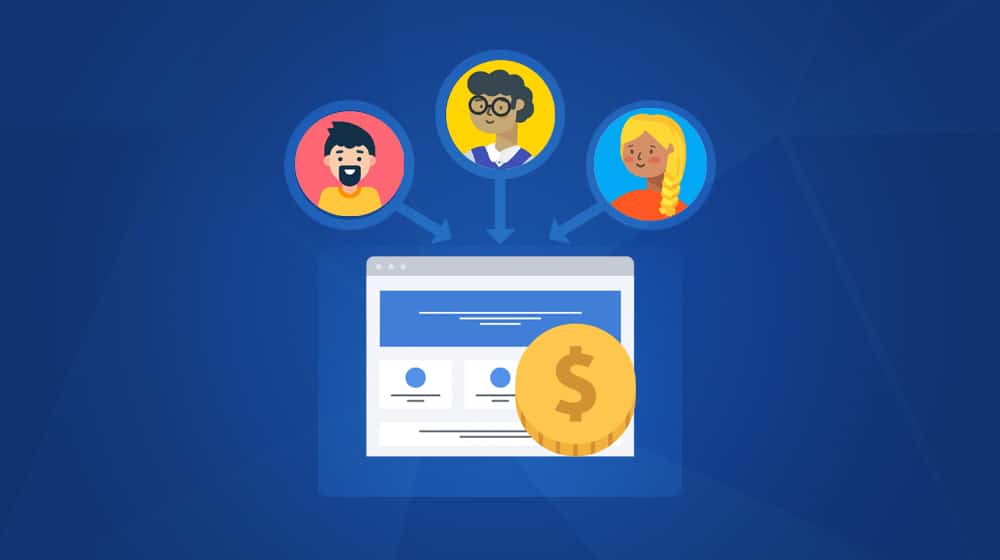
It's a numbers game at that point; the trick is to avoid pulling in lower quality leads and thus dropping your order value or your number of sales along with it.
- Do more to generate awareness of your business online. Paid ads for awareness campaigns, content marketing targeting more keywords, optimizing your business presence for search; these strategies can all be beneficial.
- Take advantage of more marketing techniques. Paid ads, organic search, social media, word of mouth, referral programs; all of them can boost lead generation.
- Keep your web presence up to date and updated. The longer it looks like it has been since your website, blog, or social media has been updated, the less likely users will trust you.
- Build and use a newsletter mailing list. Building awareness is one thing, but keeping yourself in the awareness of these potential customers helps accelerate the close speed and increase lead volume simultaneously.
- Build a more positive reputation. Testimonials and reviews can help in both search ranking (and thus awareness) and building trust, which converts people from casual leads to qualified leads.
Anything that draws more people into your orbit is valuable for increasing leads, so long as it doesn't make your other metrics take a hit.
Tips for Improving Order Value
Increasing the average value of a sale can be tricky, and the tips I give might not always be relevant.
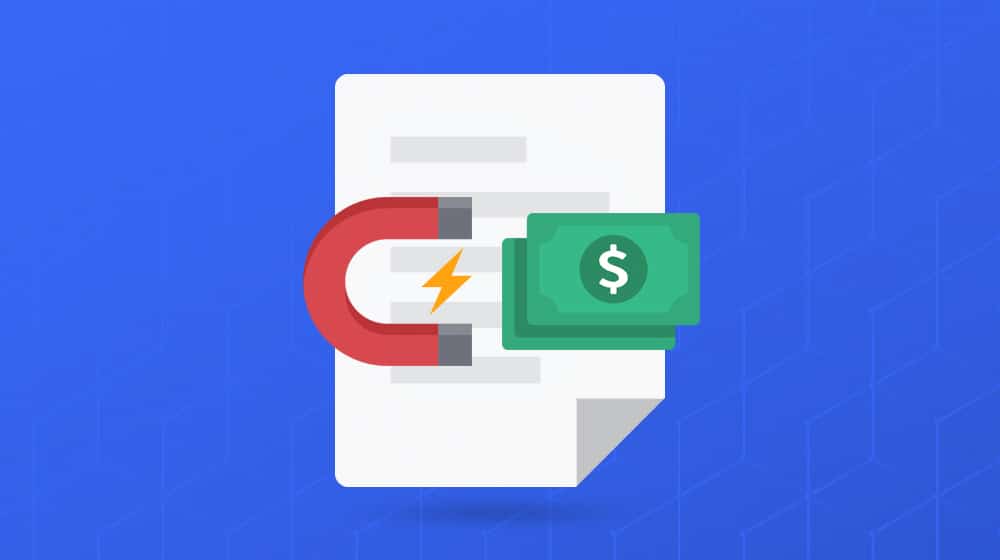
Different companies have varied options here; a retail store with hundreds of products can use different techniques from a B2B company selling a single service, using distinct techniques from a luxury brand selling single high-priced items.
- Set a free shipping threshold slightly above the current average order value to encourage customers to add just one more item to the cart to hit it.
- Cross-sell products that are known to work well together. A bag to hold a camera, spaghetti to go with pasta sauce, and so on.
- Implement upsells to encourage users to upgrade to "better value" versions of products or packages.
- Offer bulk options so users can stock up less frequently but for more value each time.
- Leverage FOMO by offering limited-time sales, deals, and promotions.
- Offer rewards of some sort for loyalty, like store credit, points that can be redeemed for products once certain thresholds are met.
- Provide high-quality customer support so that users feel more confident in making larger purchases knowing they're covered if something goes wrong.
There are many ways to increase order value, so finding something that works for your business shouldn't be difficult.
Tips for Improving Conversion Rate
Improving your conversion rate is always a good idea, virtually no matter what situation you're in. The only reason I sometimes caution against it is that some businesses tend to put too much focus on it, to the exclusion of other optimizations they could make that would have a more significant return faster.
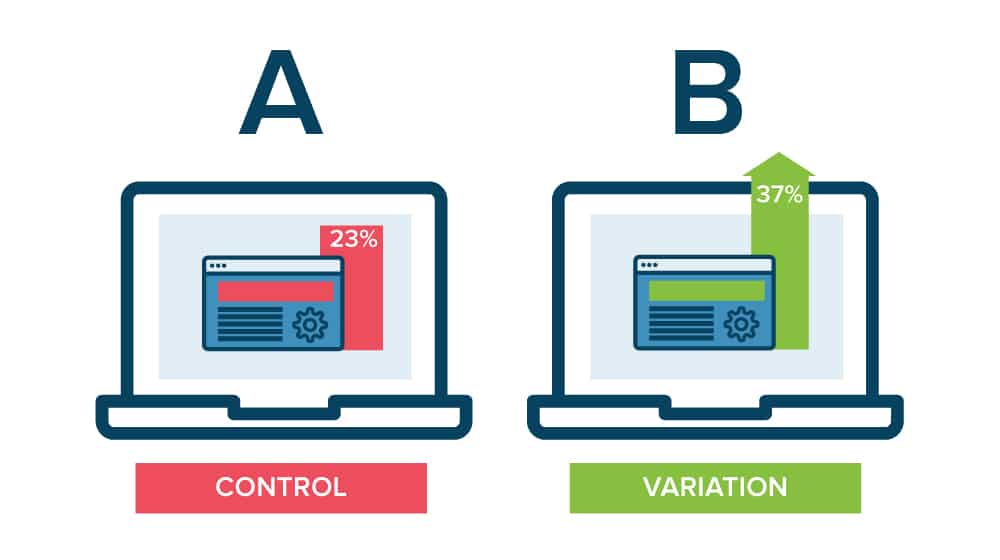
Luckily, there's a lot you can do for CRO as well.
- Split test everything. Look for those minor improvements that are, nonetheless, tangible improvements. Make buttons larger or change their colors, change your copy, make your product images better, whatever it takes.
- Make your value proposition clear. Moreover, if you have multiple value propositions for different customers, optimize your pipeline variations for each type of user.
- Simplify your copy. Jargon, keywords, and sales speak can turn off the average user. The key is to learn what kind of language your users find most compelling and focus on using that. After all, targeting pet owners will be pretty different from targeting luxury brand owners.
- Monitor what your users encounter as stumbling blocks, concerns, or objections, and take steps to address them. Maybe they don't want to give you their company size; perhaps they don't want to be on a waiting list, whatever; address specific points of friction.
- Reduce the number of steps it takes to convert a lead into a customer. Every interaction, form, and field is a chance for users to change their minds, so eliminate them.
You can read more about these strategies and more over here. It's one of the best guides I've read recently, so check it out.
Tips for Improving Close Speed
Close speed is perhaps the most critical part of pipeline velocity. After all, you're just looking at typical conversion metrics without it. Close speed is what makes it a velocity metric in the first place.
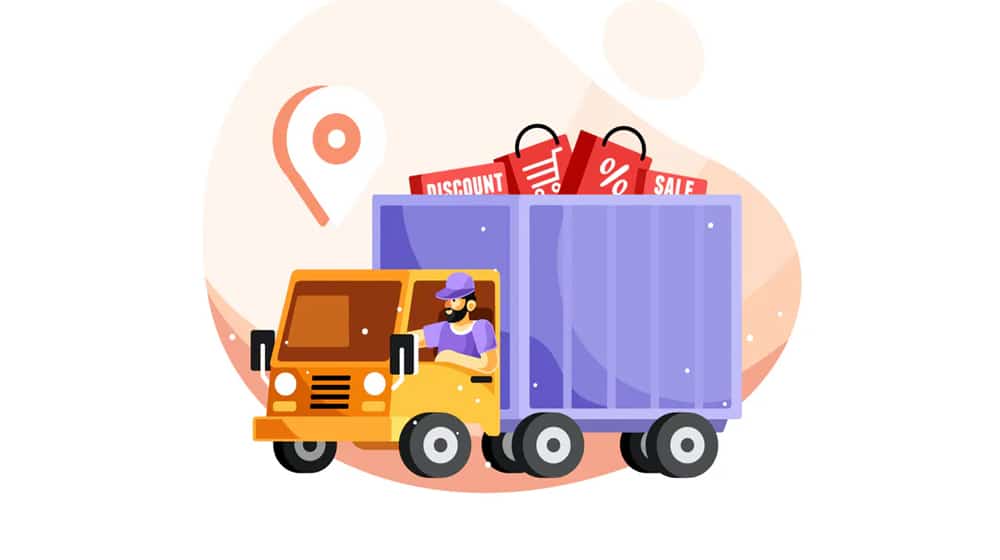
So, how can you close your sales faster?
- Do more initial filtering. Since pipeline velocity begins with qualified leads, take more time to qualify those leads. Raise the bar, so the only people reaching qualified status are the ones most likely to convert or do so more quickly and with less investment. It sounds counterintuitive; you'd think that you would want to spend less time to reduce friction. Low-quality leads can waste your win percentage and your sales performance, so you'll want to invest more time in qualifying your leads to eliminate people who aren't interested in becoming a customer.
- Be up-front with the information they want to know. One of the most significant stumbling blocks is companies that hide their pricing behind a sales call; many leads will turn away when the pricing doesn't match their expectations.
- Use automation where possible. Automating as much as you can without removing personalization is vital. Any time a customer has to wait for your current sales team to get to them, it's a delay in close speed.
- Put deadlines on the process. If a customer wants to claim a sale price, they need to act sooner rather than later.
OptinMonster has a lot of great tips for close speed here. Dig in and see what you can implement.
If you put as many of these tips into action as you can, you can boost your pipeline velocity by a surprising amount. Once you know where you're starting, you can work to improve.
Do you have any questions for me on pipeline velocity? What does your process look like for measuring your conversion process? Please share with us in the comments - my readers and I would love to hear from you!



 30 Second Summary
30 Second Summary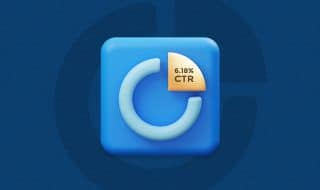
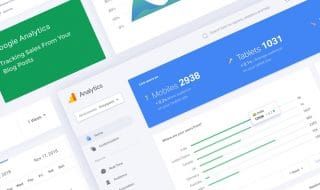


January 18, 2022
Thank you for the explanation and tips! This is exactly what I was looking for.
January 19, 2022
Hi Jose, glad I could be of service!
April 03, 2022
Wow, this is super informative! Thank you!
April 05, 2022
Thanks Milly!
July 26, 2022
Awesome article. Kudos
July 29, 2022
Thanks Ishmael!